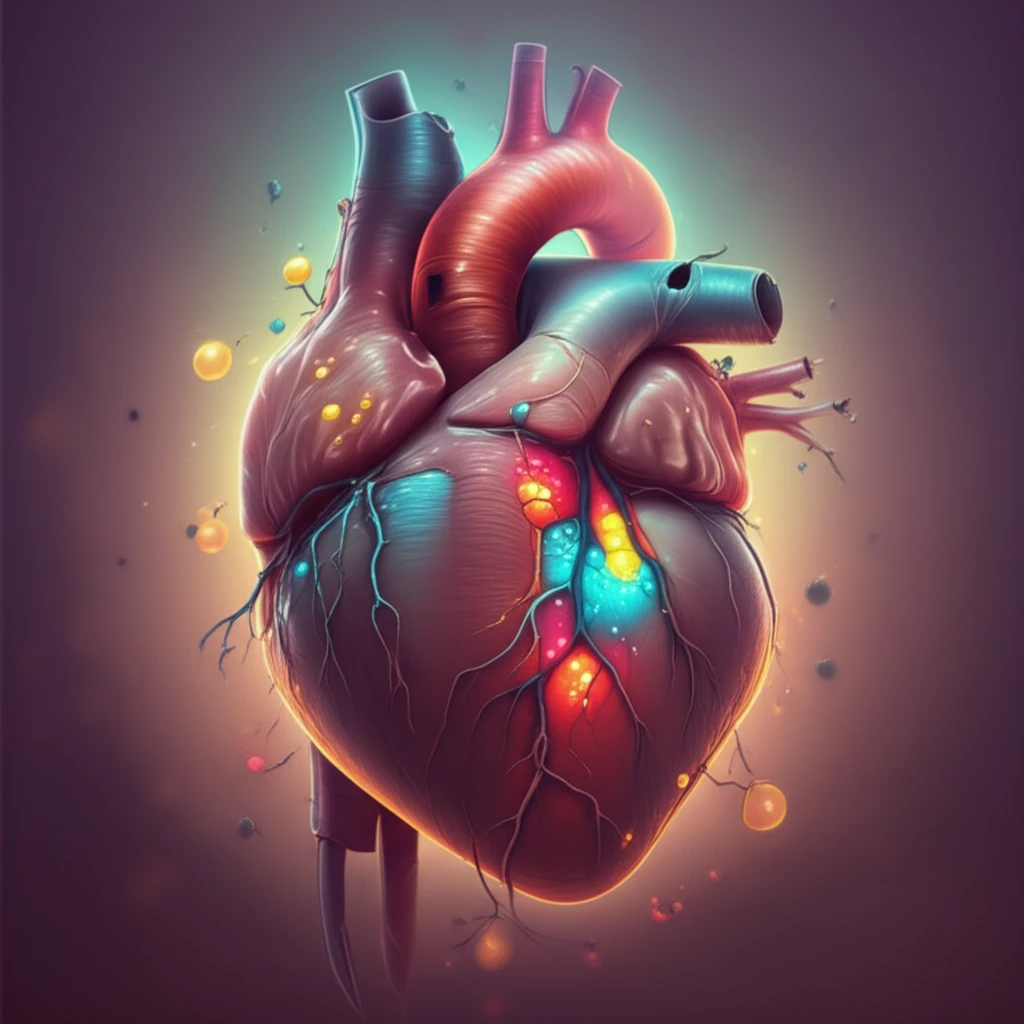
Healing Hearts: Can We Unlock the Secret to Cardiac Regeneration?
"New research explores how the body's limited capacity for heart repair might be enhanced, offering hope for those suffering from heart disease."
Heart disease remains a leading cause of mortality worldwide, often resulting in lasting damage to the heart muscle. Unlike some other organs, the adult human heart has a very limited capacity to repair itself after injury, such as a heart attack. This lack of regeneration leads to the formation of scar tissue, which can impair the heart's function and contribute to heart failure.
For years, scientists have been intrigued by the question of why the heart struggles to regenerate. While some animals, particularly young ones, can regenerate heart tissue effectively, adult mammals, including humans, face significant limitations. Understanding the underlying mechanisms that govern heart regeneration is crucial for developing new therapies to treat heart disease.
Recent research published in Nature Genetics sheds new light on this complex issue. The study, led by Patterson et al., identifies a specific gene, Tnni3k, that appears to play a critical role in controlling the heart's regenerative capacity. By exploring the function of this gene and the cells it influences, scientists are gaining valuable insights into how we might one day unlock the heart's hidden potential for self-repair.
The Role of Mononucleated Diploid Cardiomyocytes (MNDCMs)

The study focuses on a particular type of heart muscle cell called mononucleated diploid cardiomyocytes, or MNDCMs. Unlike the more common binucleated and polyploid cardiomyocytes (cells with multiple nuclei and extra sets of chromosomes) that are generally incapable of regeneration, MNDCMs retain a greater capacity for division and repair.
- MNDCMs vs. Other Cardiomyocytes: MNDCMs have a single nucleus and a normal set of chromosomes, potentially allowing them to divide and regenerate more effectively.
- Correlation with Recovery: A higher number of MNDCMs correlated with improved heart recovery after injury in mice.
- Tnni3k Gene Influence: The gene Tnni3k appears to limit the number of MNDCMs in the heart.
Future Directions and Potential Therapies
While this research is still in its early stages, it offers a promising avenue for future therapies aimed at promoting heart regeneration. Further studies are needed to fully understand the mechanisms by which Tnni3k regulates MNDCMs and to determine whether manipulating this gene is safe and effective in humans. However, the possibility of enhancing the heart's natural ability to repair itself could revolutionize the treatment of heart disease and improve the lives of millions.
